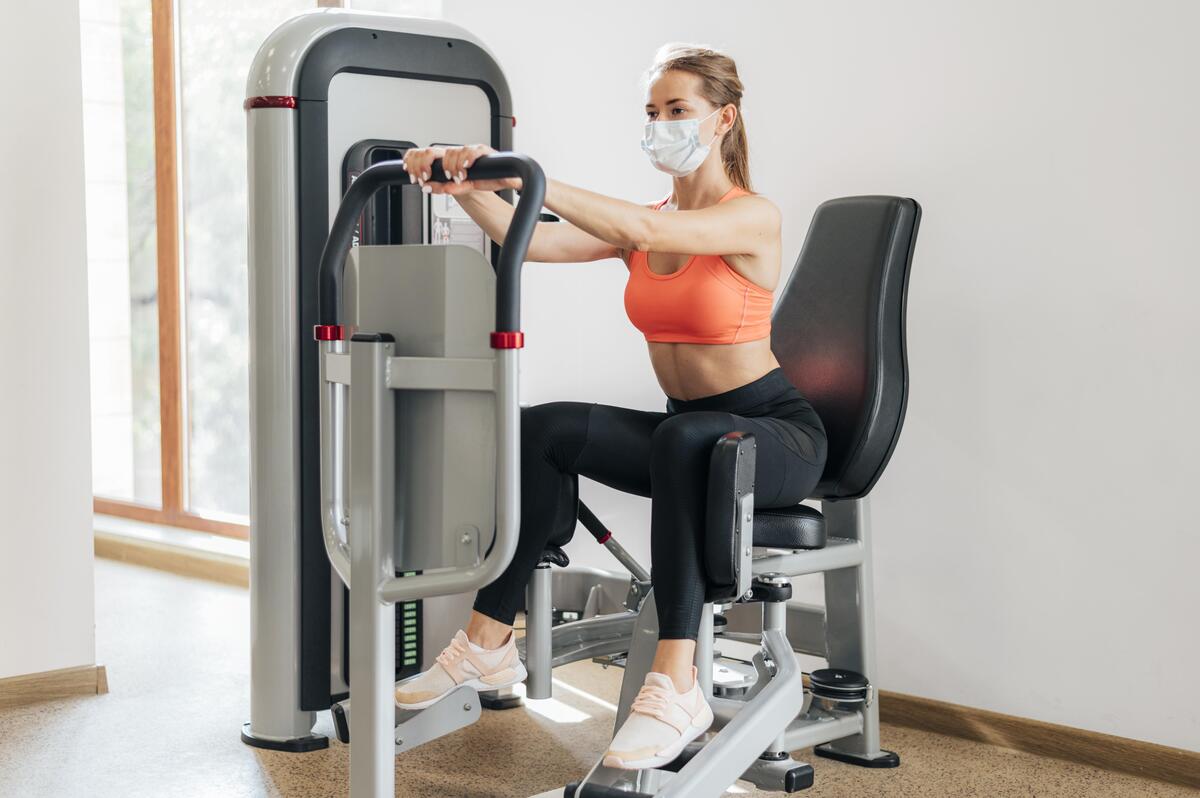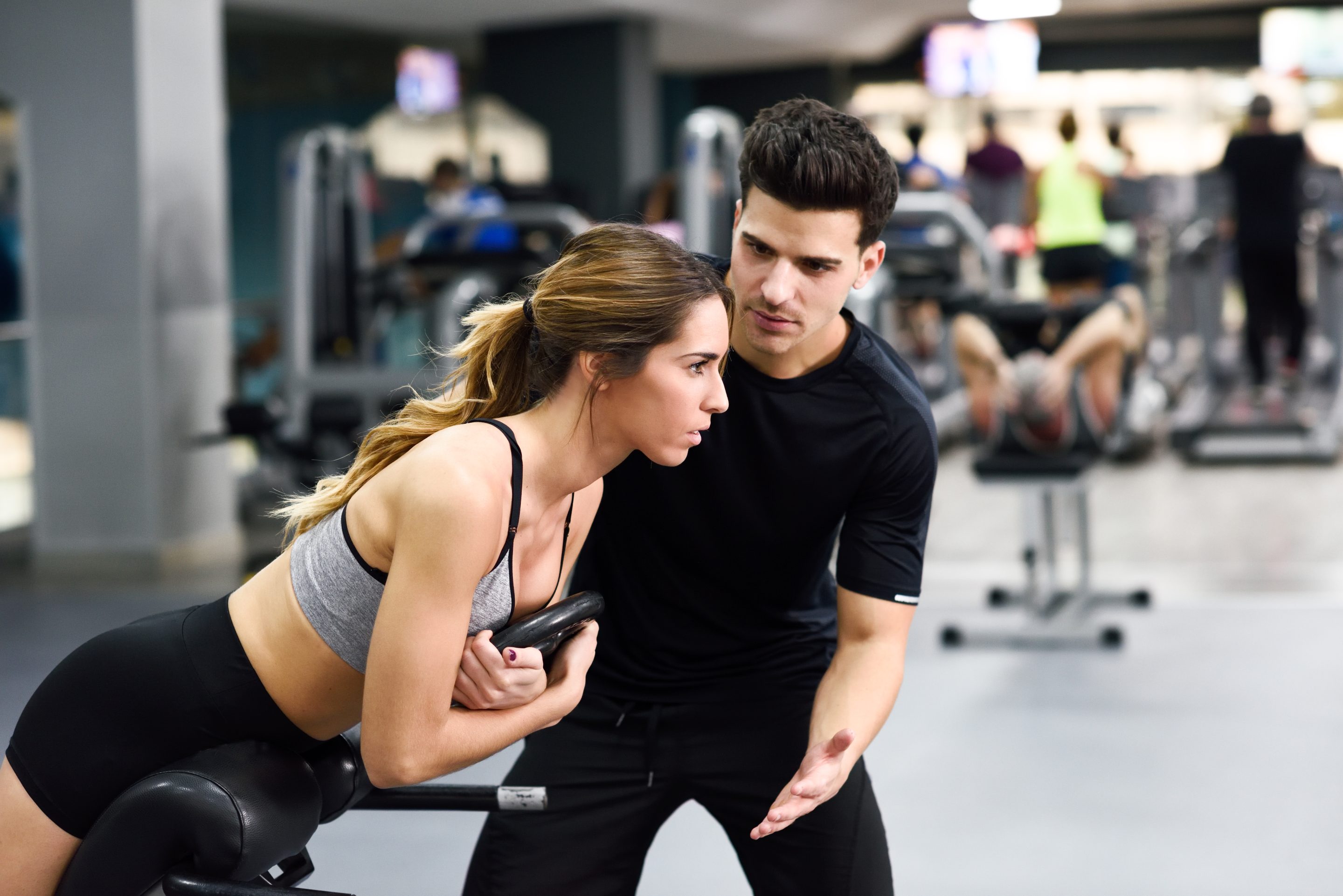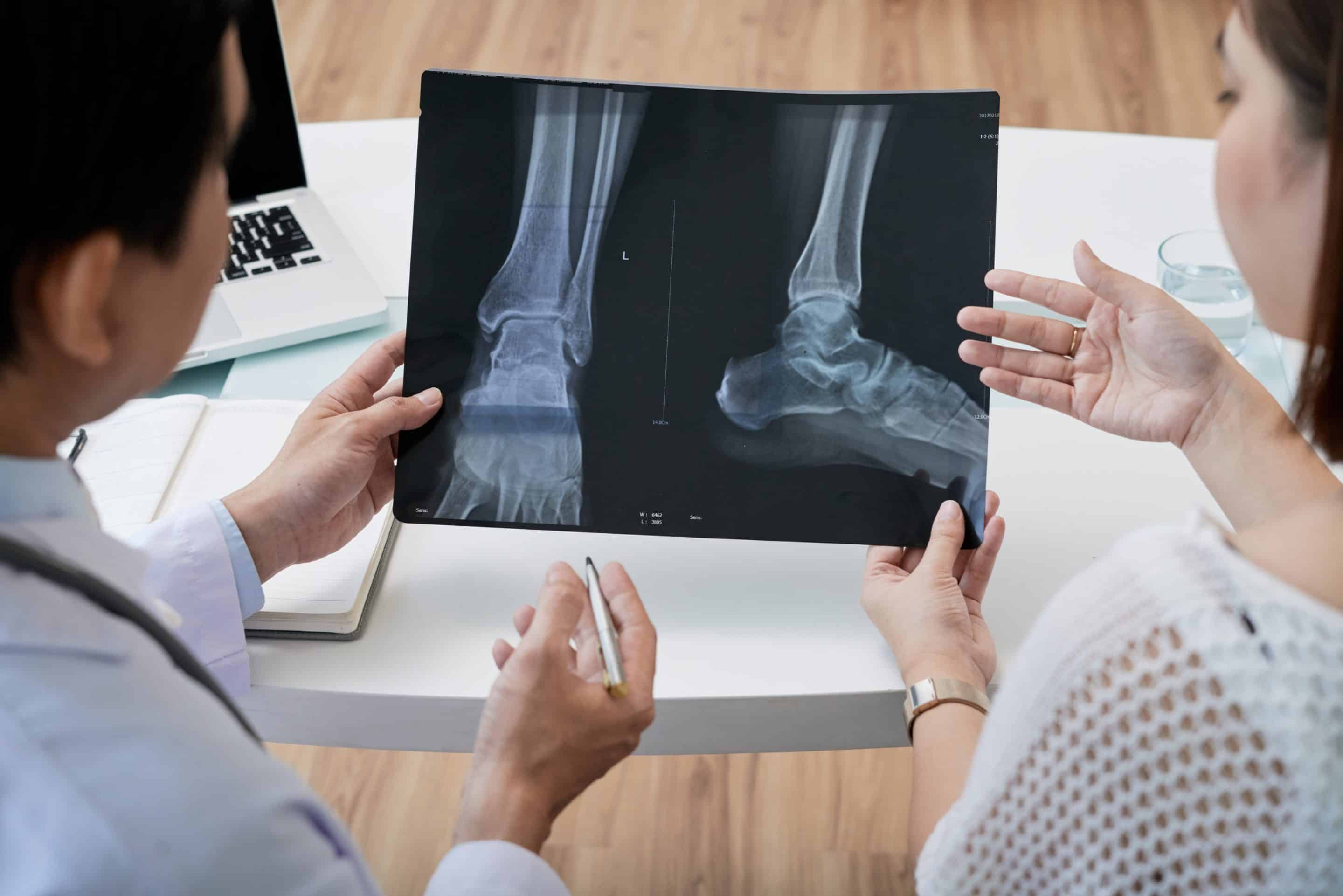Gym Accident: Who Is Liable?
Table of Contents:
Introduction
When people head to the gym, they expect to improve their health and fitness, not to leave with injuries. Unfortunately, a gym accident can occur at any time, whether due to faulty equipment, unsafe premises, or negligent staff. These accidents often lead to confusion about who is responsible for the resulting medical bills, lost wages, and pain and suffering.
Understanding liability in a gym accident is critical if you or a loved one has suffered harm while exercising. This guide will walk you through the causes of gym accidents, who may be held liable, the legal aspects of filing a claim, and how a personal injury lawyer can assist you.
Common Causes of Gym Accidents
A gym may seem like a safe environment designed to promote health and fitness, but hidden risks can exist if owners, managers, or staff fail in their duty of care. Accidents in gyms are often preventable, yet they occur frequently due to negligence and carelessness. Let’s take a deeper look at the most common causes of gym accidents:
1. Defective Gym Equipment

- A treadmill suddenly speeding up or stopping mid-run, throwing the user off balance.
- A weight machine with a broken cable snapped during use and caused blunt-force injuries.
- Stationary bikes with loose pedals or seats that shift unexpectedly, leading to falls.
In these situations, responsibility may fall on the gym for not maintaining the equipment, or on the manufacturer for producing faulty machines. A defective gym equipment accident can result in traumatic injuries such as torn ligaments, spinal damage, or broken bones.
2. Slip and Fall Hazards
Slips, trips, and falls are among the most common accidents in gyms. Hazards often include:
- Water spilled near drinking fountains or locker rooms.
- Sweat on the floor that isn’t cleaned promptly.
- Poor lighting in stairwells or dim workout areas.
- Unmarked hazards like loose mats, cords, or uneven flooring.
A simple slip can cause serious injuries, such as fractured wrists, head injuries, concussions, or back pain that may require long-term recovery. Gyms have a legal responsibility to maintain their floors in a clean, dry, and safe condition.
3. Improper Training or Supervision
Personal trainers and class instructors are responsible for ensuring safe workout practices. Unfortunately, negligence occurs when:
- Trainers push clients to lift more than they can handle.
- Instructions on proper form are ignored or not explained thoroughly.
- Group fitness classes often lack adequate warm-ups and safety measures, resulting in rushed and potentially unsafe sessions.
Improper supervision can lead to muscle strains, dislocations, or even cardiac events. In these cases, the trainer or gym may be held liable for negligence in supervision and training.
4. Overcrowding
An often-overlooked risk in gyms is overcrowding. When facilities allow too many people inside at once, the danger of accidents increases. Examples include:
- Collisions between members rushing to the equipment.
- Limited space for stretching or free weights, leading to dropped dumbbells or falls.
- Blocked emergency exits or pathways that create hazards in emergencies.
Overcrowding makes it difficult for staff to monitor safety, increasing the likelihood of avoidable gym accidents.
5. Negligent Maintenance
Gyms are legally required to inspect and maintain their facilities in a safe and adequate manner. However, negligence often occurs when:
- Broken machines remain in use without warning signs.
- Electrical equipment is left unrepaired.
- Air conditioning, ventilation, or flooring issues are ignored.
- Bathrooms and locker rooms are often left in unsanitary and unsafe conditions.
Who Can Be Held Liable in a Gym Accident?
Determining who is legally responsible for a gym accident depends on the facts of each case. Multiple parties may share fault, and liability may sometimes overlap. That’s why it’s crucial to examine the accident from every angle. Below are the most common parties who may be held liable:
1. Gym Owners and Operators
Gym owners and operators have a legal duty of care toward their members and guests. They are responsible for ensuring that:
-
- Equipment is properly maintained and safe to use.
- Floors, locker rooms, and common areas are free from hazards.
- Staff are trained to respond to injuries or emergencies.
- Warning signs are posted when risks cannot be immediately removed (e.g., wet floors).
If a treadmill belt is frayed and causes someone to trip, the gym owner may be liable for failing to inspect and repair it. Similarly, if the lighting in a stairwell is too dim and a member falls, the operator may be held responsible for not providing safe conditions.
2. Equipment Manufacturers
Not all gym accidents are the fault of the facility itself. Sometimes, the equipment manufacturer is to blame under product liability law. This happens when:
-
- A treadmill suddenly malfunctions because of a design defect.
- A weight machine cable snapped even though the gym maintained it properly.
- A stationary bike’s pedals break due to poor manufacturing standards.
If the equipment is defective when it leaves the manufacturer’s control, the manufacturer may be held liable for any injuries. In these cases, lawsuits often focus on design flaws, production errors, or failure to include proper warnings and instructions.
3. Personal Trainers or Staff

- Giving poor or unsafe exercise instructions.
- Encouraging a member to lift too much weight.
- Failing to spot a client properly during strength training.
- Ignoring signs that a member is in distress (e.g., chest pain during exercise).
If a trainer tells a client to perform a heavy squat without teaching proper form and the client suffers a back injury, the trainer’s negligence may be a direct cause.
In some cases, liability may extend to both the trainer and the gym if the trainer is an employee rather than an independent contractor.
4. Cleaning and Maintenance Companies
Many gyms outsource janitorial and maintenance work. If these third-party companies fail to perform their duties, they may be held accountable for any resulting accidents. Examples include:
- Failing to clean up water in the locker room can lead to a slip and fall.
- Failing to repair loose flooring or faulty electrical outlets.
- Neglecting to service machines even when issues were reported.
When an outside contractor handles cleaning or maintenance, victims may pursue claims against both the contractor and the gym, depending on the contractual obligations that exist between them.
5. Shared Liability
It’s essential to acknowledge that liability is not always straightforward. In some gym accident cases, multiple parties may share fault. For example:
- A treadmill malfunctions due to a manufacturer’s defect, but the gym also ignored the warning signs of the problem.
- A trainer pushes a client too hard, but the gym failed to verify the trainer’s qualifications.
In such cases, an attorney investigates to determine whether liability is sole, joint, or comparative.
Why Identifying the Right Defendant Matters
Pinpointing liability is one of the most crucial steps in recovering compensation. Suing the wrong party or failing to identify a liable party can result in denied claims or lower settlement amounts. Because gyms and their insurers often deny responsibility or hide behind waivers, a personal injury attorney is essential for investigating the actual cause and identifying all responsible parties.
Legal Duty of Care in Gyms
Gyms are not just places to exercise; they are business establishments that invite paying members onto their property. Under premises liability law, gyms owe their members and guests a legal duty of care, meaning they must take reasonable steps to maintain a safe environment and prevent foreseeable injuries.
This duty of care is broad, covering everything from equipment maintenance to supervision. When a gym fails to uphold this duty, and someone suffers a gym accident, the injured party may have legal grounds to pursue compensation.
1. Maintaining Equipment in Working Condition
Gym equipment experiences heavy daily use, which makes regular inspection and maintenance crucial. The duty of care requires gyms to:
-
- Perform routine checks on treadmills, weight machines, ellipticals, and other devices.
- Remove or clearly label defective equipment as “out of order.”
- Maintain logs to document that inspections and repairs have been completed.
For example, if a gym ignores a squeaky, unstable leg press machine and it later collapses on a member, that failure to maintain equipment constitutes a breach of duty.
2. Warning Members of Potential Hazards
Even when hazards can’t be eliminated immediately, gyms must clearly and promptly warn members. This includes:
-
- Placing “Wet Floor” signs after cleaning or mopping.
- Posting visible signs near equipment with known risks (e.g., “Do not drop weights”).
- Warning: Construction zones or areas under repair.
Failure to provide adequate warnings can make gyms liable if an accident occurs, as members may not have reasonably anticipated hidden dangers.
3. Providing Adequate Supervision and Qualified Staff
A gym’s duty of care extends to the actions of its employees and trainers. This includes:
-
- Ensuring staff are adequately trained in CPR, first aid, and the use of equipment.
- Supervising group classes to prevent overcrowding or unsafe practices.
- Hiring qualified personal trainers who understand exercise safety and body mechanics.
If a member collapses from overexertion and no staff member is trained in emergency response, the gym could be held responsible for failing to provide proper supervision.
4. Keeping Facilities Reasonably Safe
The duty of care applies to all areas of the gym, not just the workout floor. Gyms must keep locker rooms, swimming pools, parking lots, and stairwells safe by:
-
- Cleaning up spills or leaks promptly.
- Ensuring pools and saunas meet safety regulations.
- Providing adequate lighting in hallways, bathrooms, and parking areas.
- Installing and maintaining handrails, ramps, and other accessibility features.
Steps to Take After a Gym Accident
The moments after a gym accident can be overwhelming and confusing. Many people focus on embarrassment or try to shake it off, but taking the proper steps immediately can make all the difference in protecting your health and your legal rights. Here’s a closer look at what you should do:
1. Seek Immediate Medical Care
Your health is the top priority. Even if your injuries seem minor at first, it’s critical to:

- Visit the emergency room or see your doctor as soon as possible.
- Request diagnostic tests such as X-rays or MRIs to uncover hidden injuries (e.g., fractures, internal damage).
- Follow your doctor’s treatment plan and attend all follow-up appointments.
Why it matters legally: Medical records serve as proof that your injuries were directly caused by the gym accident. If you delay care, insurance companies may argue that your injuries weren’t serious or weren’t connected to the incident.
2. Notify Gym Management in Writing
Report the accident to gym staff or management immediately. Insist on:
-
- Filling out an official incident report.
- Requesting a copy of that report for your own records.
- Making sure the report includes the date, time, location, and description of what happened.
Why it matters legally: This creates a paper trail showing the accident occurred on their property. Without a report, gyms may later deny that the incident ever happened.
3. Document Everything with Photos and Witness Statements
Collect as much evidence as possible at the scene, including:
-
- Photos or videos of the hazard (e.g., wet floor, broken equipment, lack of warning signs).
- Images of your injuries immediately after the accident.
- Names and contact information of witnesses who saw what happened.
Why it matters legally: Evidence helps prove negligence. For example, a photo showing a treadmill cord frayed before it snapped can strongly support your claim. Witnesses can back up your version of events if the gym disputes responsibility.
4. Avoid Signing Additional Documents Without Legal Review
After an accident, gym management or their insurance company may ask you to:
-
- Sign a liability waiver or updated contract.
- Provide a written or recorded statement.
- Accept a quick settlement.
Why it matters legally: These documents may limit your rights or waive your ability to sue. Insurance companies often use quick settlements to minimize payouts before you know the full cost of your medical treatment.
5. Contact a Personal Injury Attorney as Soon as Possible
The most crucial step is to consult with a qualified attorney. A lawyer can:
-
- Investigate the cause of the accident and identify liable parties.
- Collect maintenance logs, surveillance footage, and other hidden evidence.
- Negotiate with insurance companies on your behalf.
- File a lawsuit if the gym or its insurer refuses to offer fair compensation.
Proving Negligence in a Gym Accident Claim
Your lawyer will collect evidence to prove negligence, including:
- Maintenance logs for gym equipment.
- Surveillance footage of the accident.
- Witness testimony from other members or staff.
- Medical records linking injuries to the accident.
Compensation You May Recover
Depending on the severity of your injuries, compensation may include:
- Economic Damages: Hospital bills, surgery costs, medication, rehabilitation, and lost wages.
- Non-Economic Damages: Pain, suffering, emotional distress, and reduced quality of life.
- Punitive Damages: In cases of gross negligence or intentional harm.
Preventing Gym Accidents
Prevention is always better than dealing with the aftermath. Both gyms and members can take steps such as:
- For gyms: Conduct regular safety checks, train staff properly, enforce safety rules, and maintain clean facilities.
- For members: Use equipment correctly, follow posted instructions, wear proper footwear, and avoid distractions while exercising.
Conclusion and Call to Action
A gym accident can turn a routine workout into a life-altering event. Liability often falls on gyms, staff, or equipment manufacturers, but determining responsibility requires legal expertise. If you or someone you love has been injured in a gym accident, don’t try to handle it alone.
At Roxell Richards Injury Law Firm, we fight aggressively for victims of negligence. Our team ensures you get the medical care, compensation, and justice you deserve.
👉 Contact Roxell Richards Law Firm today for a free consultation.
Houston, TX z7057
Phone: (713) 974-0388
Fax: (713) 974-0003
Frequently Asked Questions
1. What should I do immediately after a gym accident?
Document the incident. Please report the issue to gym staff or management, take photos of the hazard or equipment, collect witness information, and seek medical attention immediately. This documentation will help support your legal claim.
2. Can I sue if I signed a waiver?
Most gyms require members to sign liability waivers. However, these do not absolve gyms of responsibility for gross negligence or intentional misconduct. A lawyer can review the waiver to determine its enforceability in your case.
3. How do I prove negligence in a gym accident?
You must demonstrate:
- The gym owed you a duty of care.
- They breached that duty.
- The breach caused your injury.
- You suffered damages (medical bills, lost income, pain and suffering).
4. What types of compensation are available?
Victims may recover damages for:
- Medical expenses (past and future).
- Lost wages or reduced earning capacity.
- Pain and suffering.
- Rehabilitation and therapy costs.
5. Do I need a lawyer for a gym accident claim?
Yes. Proving negligence and overcoming defenses such as waivers or assumption of risk is challenging. A personal injury lawyer ensures your rights are protected and maximizes your compensation.
